Adderall Addiction: Signs, Effects, and Treatment Options
GET HELP TODAY!
100% Confidentiality Guaranteed
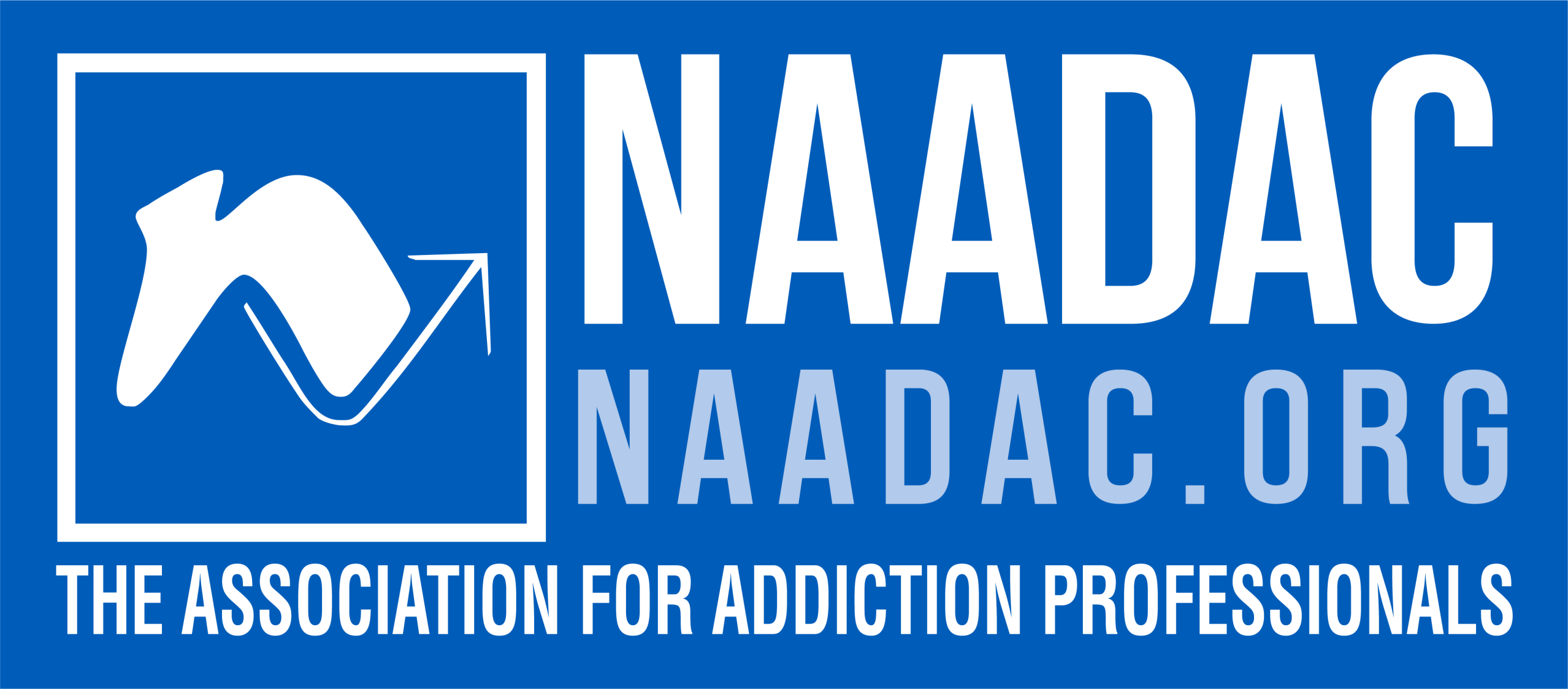
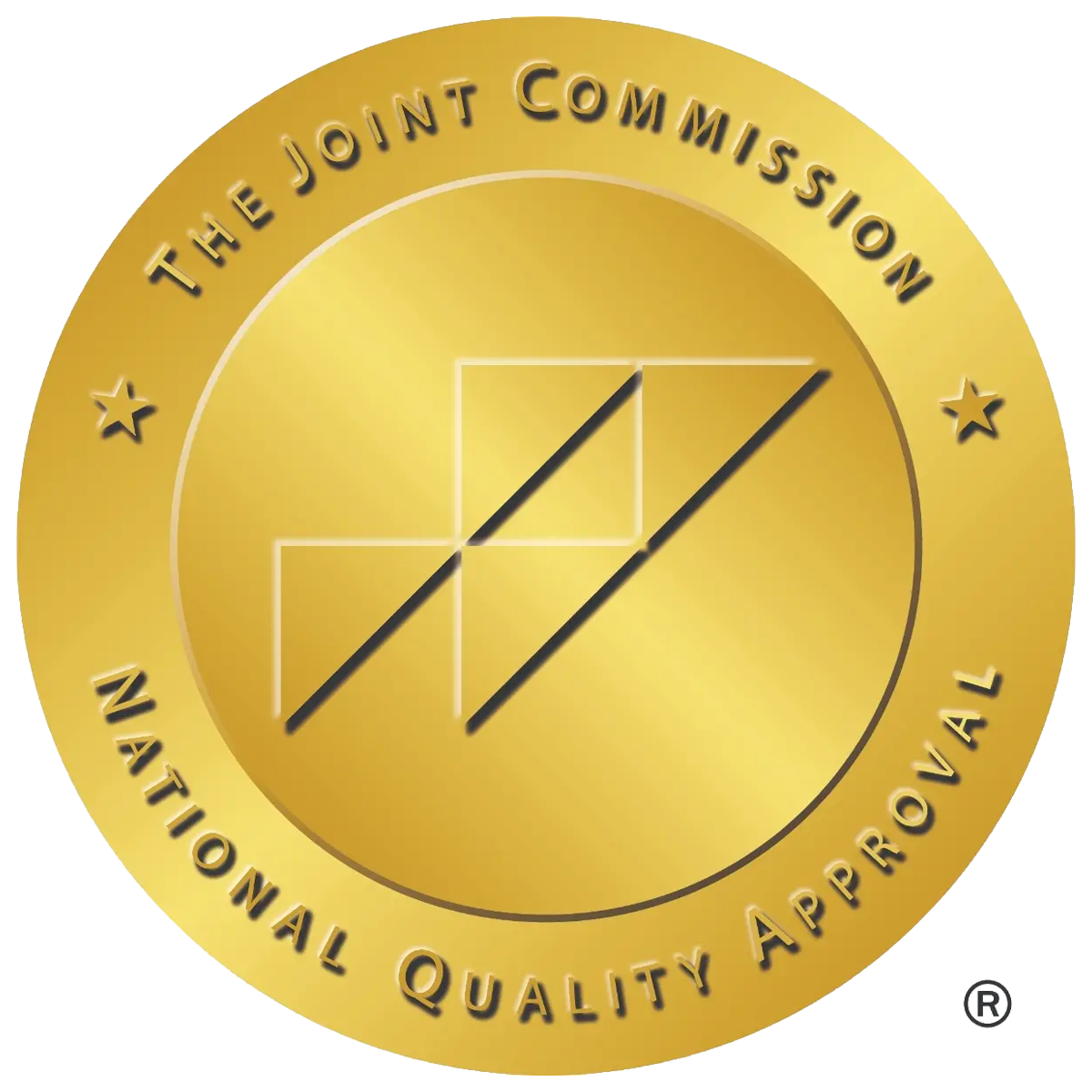
Table of Contents
What is Adderall?
Adderall is a prescription stimulant for ADHD and narcolepsy. It combines amphetamine and dextroamphetamine to boost dopamine, norepinephrine, and stimulate the nervous system, improving focus and alertness. It is a Schedule II controlled substance due to its high potential for abuse and addiction. Adderall is safe when taken as prescribed, but misuse for performance or recreation can lead to serious consequences.
Adderall comes in tablet or capsule form and the dosage may vary depending on the assessed need of the user by a doctor. It is a Schedule II controlled substance due to its high potential for abuse and addiction. When the recommended dose is taken, Adderall is generally effective and safe. Many people misuse the drug. They take it more often or use it for fun to boost their performance at school or work. Abusing Adderall in this way can lead to severe consequences.
Slang for Adderall
The following terms are street names or slang for Adderall:
- Uppers
- Speed
- Addys
- Dexies
- Pep Pills
- Study buddies
- Zing
- Beans
- Smart pills
Vyvanse vs. Adderall: What’s the Difference?
Vyvanse and Adderall are both stimulants used to treat ADHD but differ in composition. Adderall contains amphetamine salts, while Vyvanse has lisdexamfetamine, which activates more slowly and may cause fewer side effects. Adderall is available in generic form and works 4–12 hours, while Vyvanse lasts 10–13 hours. Both can cause similar side effects and carry risks of addiction if misused.
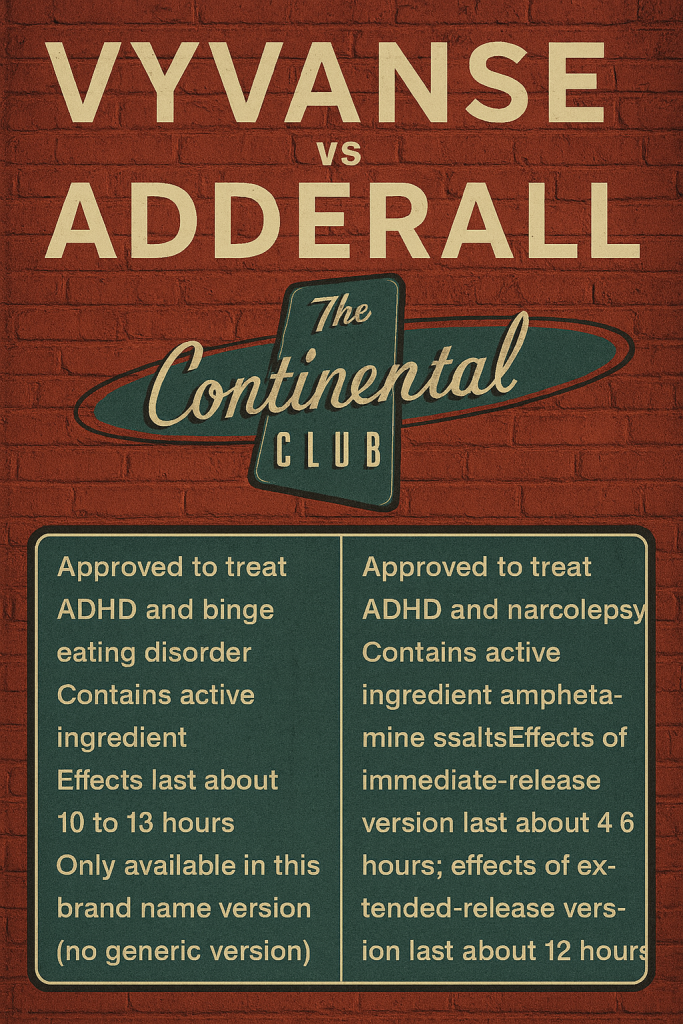
Discover More About Prescription Stimulant
Everything You Need to Know...
Is Adderall Addictive?
Yes, Adderall is highly addictive prescription drug. Long-term drug use can cause tolerance, dependence, and lasting side effects. Though adderall pills are prescribed, misuse is dangerous and comparable to illegal stimulants medication. Crushing or injecting it increases overdose risk, especially for those with amphetamine addiction.
What Are Signs and Symptoms of Adderall Addiction?
People often misuse Adderall not to get high, but to boost energy, focus, or lose weight. Abusers include students, professionals, athletes, and those with past substance issues. Signs of high dose misuse include unexplained weight loss, sleeplessness, large doses, recreational use, snorting, hyperactivity, and combining it with other substances. Learn why mixing Adderall and alcohol is especially risky.
Related: Is modafinil addictive? – a non‑amphetamine “study drug” some people try as an Adderall alternative.
Freedom Starts Here. Take Back Your Life Today.
Same-Day Admissions in Austin Available.
What Are Side Effects of Adderall Addiction and Abuse?
Short-term effects of Adderall abuse may include:
Common effects include euphoria, high energy, alertness, and reduced appetite. Physical signs are increased heart rate, blood pressure, dilated pupils, nausea, headaches, tremors, and unrealistic emotions.
Long-term effects of Adderall abuse may include:
Common risks include malnutrition, mental illness, dizziness, mood swings, and exhaustion. Severe effects may involve heart issues, ulcers, skin problems, seizures, coma, or death.
How Common Is Adderall Addiction and Abuse in America?
Adderall is the most prescribed stimulant in the U.S. Teens and young adults are an increase risk of addiction. However, anyone using Adderall can become addicted over time.
In 2016, 2.6 million people tried stimulant drugs to get high for the first time. Also, 4.3 million people said they used these drugs to get high in the last month.
Overdose deaths from stimulant abuse rose by 30 percent in 2017. There were 7,663 stimulant overdose deaths, up from 5,992 in 2016.
Adderall is both physically dependent and psychologically addictive. Many misuse it from school into work, believing it boosts success. Despite being prescribed for medical conditions, it’s wrongly seen as safe. Often, people get it from friends, not doctors.
More Time. More Joy. More You. Start Now.
WE ACCEPT MOST INSURANCES







How Long Does Adderall Withdrawal Last?
There is no physician-approved recommended way to flush Adderall out of your system. However, Adderall has a short half life of 9 to 14 hours after ingestion. Adderall normally will only last in your urine from three to seven days and in your bloodstream for at most 24 hours.
The times can change based on several factors. These include the amount of medication taken and the person’s body composition.


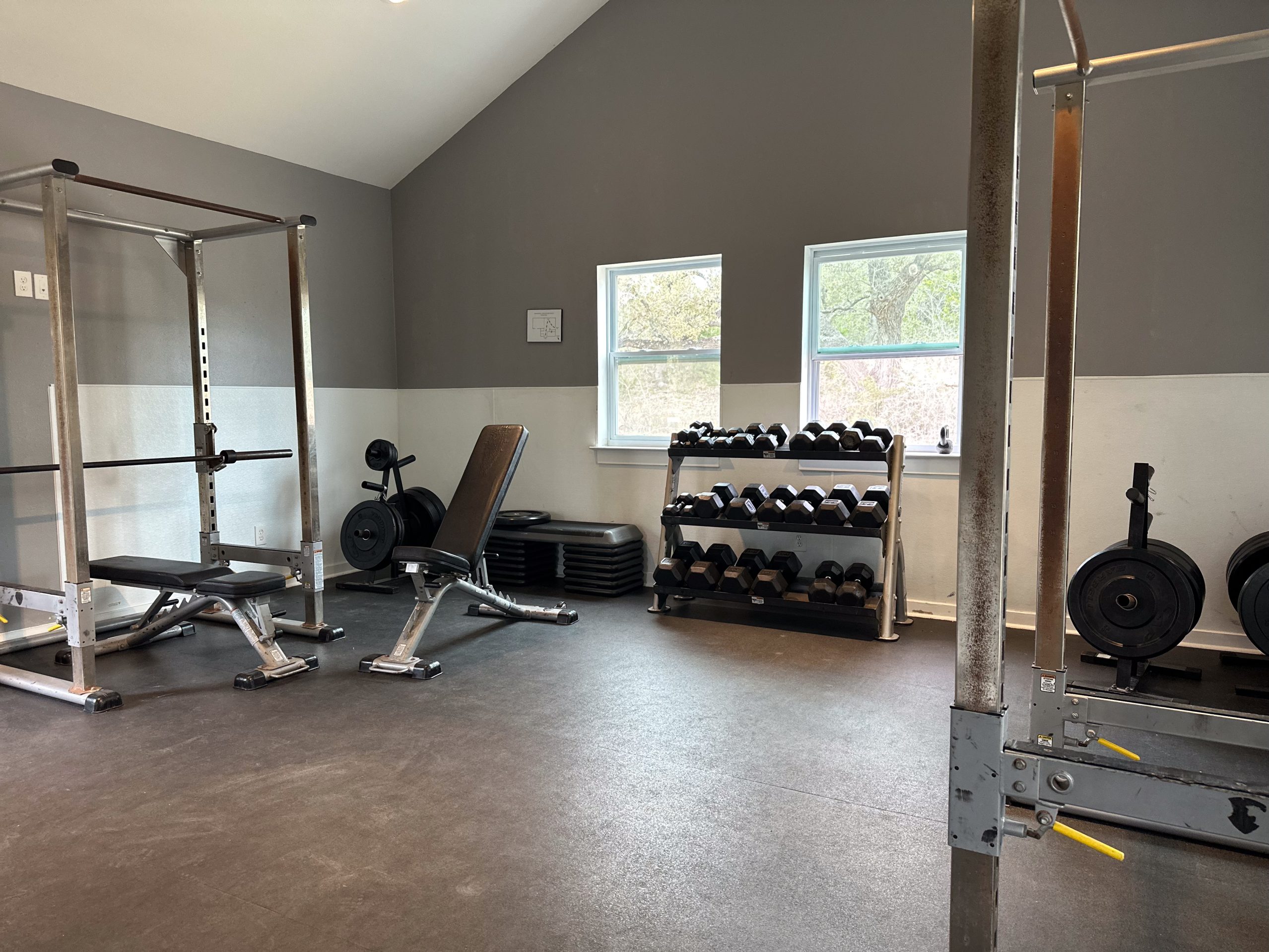





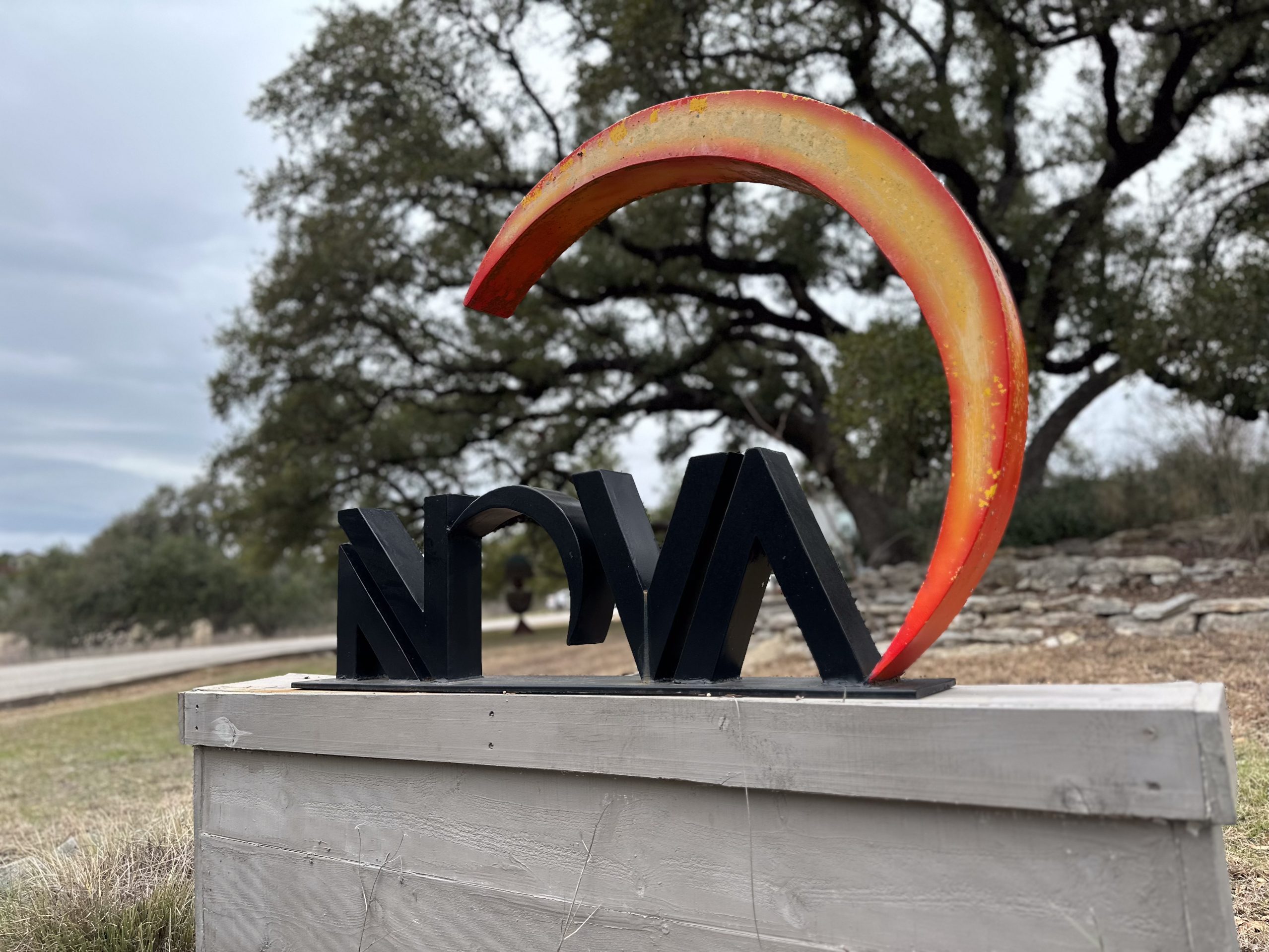

Adderall Withdrawal Symptoms and Detox
Adderall addiction can lead to tolerance and withdrawal, often called the “comedown.” Symptoms include fatigue, depression, insomnia, hunger, headaches, high blood pressure, chest pain and agitation. Severity depends on usage habits. Medical detox and counseling help manage symptoms, mental health issues and ensure a safe, comfortable recovery process.
How Long Does Adderall Withdrawal Last?
Adderall withdrawal happens in two ways: after a binge or through gradual tapering. Binge recovery lasts about seven hours and involves rest and eating. Gradual tapering causes milder symptoms but may last from three days to weeks. Always consult a doctor before changing medication or stopping adderall for mental health condition.
Adderall Withdrawal Timeline
Adderall withdrawal can last days to weeks, depending on usage and treatment plan. In the first 1–3 days, expect fatigue, hunger, headaches, and sleep issues. By days 4–7, physical symptoms ease, but mood issues like panic or depression may begin.
At two weeks, cravings, fatigue, and irritability are common. After 3–4 weeks, most symptoms fade, though mood swings may persist longer.
Treatment Options for Addiction
Addiction may be difficult to overcome, but it’s not impossible. A complete, long-term addiction treatment program can help with the physical, mental, social, and behavioral parts of addiction. It also offers peer support to maintain long-term sobriety.
The National Institute on Drug Abuse says that addiction treatment lasting less than 90 days is not very effective. This means addiction treatment that lasts 90 days or longer is more likely to yield positive results.
A full 90-day rehab program gives people time to look at their behaviors. They can learn to adopt healthier habits and practice those skills. It also gives more time to deal with emotional issues like trauma, anxiety, PTSD, and other mental health problems.
More Healing. More Hope. More You. Start the Journey.
WE ACCEPT MOST INSURANCES







Inpatient Rehab vs. Outpatient Rehab
Drug rehab includes two main options: inpatient and outpatient. Inpatient rehab offers structure and on-site living, with therapy and group support.
Outpatient rehab is flexible. It is great for people with jobs or families. It still offers strong support from peers and professionals.
The best choice depends on individual needs and budget. It depends on your health insurance benefits or other payment methods you choose, such as:
- Employee Assistance Program benefits
- Healthcare loans
- Out-of-pocket payments
Aftercare Treatment for Addiction
Overcoming addiction takes ongoing effort beyond detox and rehab. Aftercare programs help maintain sobriety and support long-term recovery.
Sober Living Programs
A sober living program is a form of continued treatment for recovering addicts.
Sober living homes provide safe and supportive group housing. They offer services like counseling, job help, education support, drug testing, and recovery programs. They help residents adjust to sober life, build routines, and grow personally. Costs vary by location and services, typically paid monthly like rent.
Aftercare Programs
Enrolling in an aftercare program for recovering addicts is a great way to stay accountable in sobriety. Aftercare is for rehab alumni at all stages of recovery.
Aftercare programs offer weekly check-ins for anyone in recovery, led by trained professionals in a supportive space. Addiction is common, but help is available. Nova Recovery Center provides full-spectrum care from detox to sober living.
Top Questions for Adderall
Adderall’s half-life is ~10 hours, clearing in 2–3 days, but up to 7 days with heavy use. Detection windows vary: blood (1–2 days), urine (1–3+ days), saliva (24–48 hrs), hair (90 days).
Vyvanse (lisdexamfetamine) is longer-acting and harder to abuse than Adderall. Both treat ADHD; Vyvanse also treats binge eating. Effects include increased focus or euphoria (non-ADHD users). Withdrawal may last 3–4 weeks, with fatigue and depression common.
Adderall is a Schedule II stimulant with high misuse risk. Side effects range from dry mouth to rare psychosis. IR lasts 4–6 hrs; XR lasts 8–12 hrs.
Frequently Asked Questions About Adderall
Does Adderall show up as methamphetamine?
Yes, Adderall can trigger a positive result for amphetamines on a drug test, but it is not the same as methamphetamine. Adderall contains mixed amphetamine salts that may be detected in screenings designed to identify stimulant use.
What ADHD medication is similar to methamphetamine?
Desoxyn (methamphetamine hydrochloride) is an FDA-approved ADHD medication that is chemically similar to methamphetamine. However, drugs like Adderall and Vyvanse are more commonly prescribed because they are considered safer and more effective.
What narcotic is similar to Adderall?
Adderall is not a narcotic. It is a central nervous system stimulant. However, other stimulants like Ritalin (methylphenidate) and Concerta may have similar effects in treating ADHD.
Are Adderall and methylphenidate the same thing?
No. Adderall contains amphetamine salts, while methylphenidate is the active ingredient in Ritalin and Concerta. Both are stimulants used for ADHD treatment but act differently in the brain.
What does Adderall do?
Adderall increases dopamine and norepinephrine levels in the brain. This helps improve focus, attention, and impulse control for individuals with ADHD.
Who should not take Adderall?
Adderall is not recommended for people with heart disease, high blood pressure, glaucoma, severe anxiety, or a history of substance abuse. Always consult a doctor before use.
Can I take Adderall if I’m not ADHD?
Taking Adderall without an ADHD diagnosis or prescription is unsafe and illegal. Misuse increases the risk of addiction, cardiovascular complications, and mental health problems.
What does Adderall make you feel like?
For those with ADHD, Adderall helps improve concentration and reduce hyperactivity. For people without ADHD, it may cause overstimulation, euphoria, or anxiety, which can lead to misuse and dependence.
What are some common prescription stimulants?
Common prescription stimulants include Adderall, Ritalin, Concerta, Vyvanse, and Dexedrine. All are primarily used for ADHD and narcolepsy.
What is the most widely used stimulant drug?
Adderall is one of the most widely prescribed stimulant medications in the U.S., especially for ADHD. Other popular stimulants include Ritalin and Vyvanse.
More Time. More Joy. More You. Start Now.
WE ACCEPT MOST INSURANCES







Our Drug and Alcohol Rehab Services in Texas
Freedom Starts Here. Take Back Your Life Today.
Same-Day Admissions in Austin Available.
Nova’s Comprehensive Continuum of Care Plan
90-Day Residential Alcohol and Drug Rehab

Our 90-day residential rehab in Austin offers a safe, supportive space for lasting recovery. The extended stay allows more time to build life skills, connect with a recovery community, and create lasting change.
Drug and Alcohol Detox

Our personalized medical detox programs ensure safety and comfort during withdrawal. Through assessments, therapy, and support, we help prepare clients for rehab and long-term sobriety.
Aftercare Program and IOP

Our Intensive Outpatient and Aftercare programs help inpatient graduates. We offer group sessions in Austin and Houston. These sessions provide structured treatment, counseling, and peer support. This support is important during the first year of recovery.
Sober Living Apartments

Transitioning from rehab to independent sober living can be challenging. Our sober homes offer ongoing support, screenings, coaching, and a safe space to build a substance-free life.
More Time. More Joy. More You. Start Now.
WE ACCEPT MOST INSURANCES








